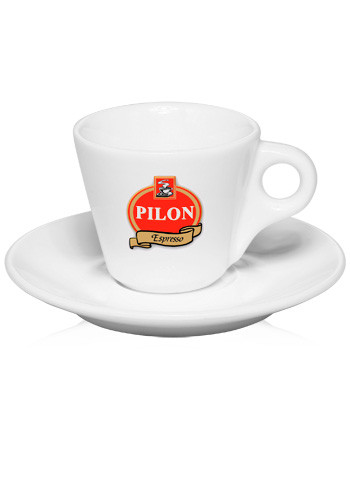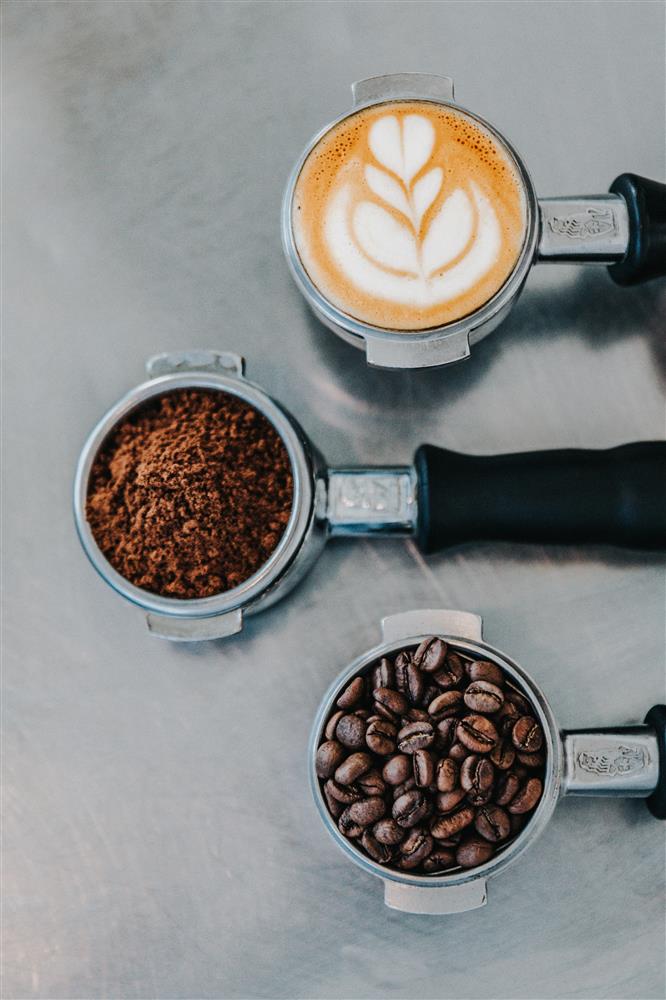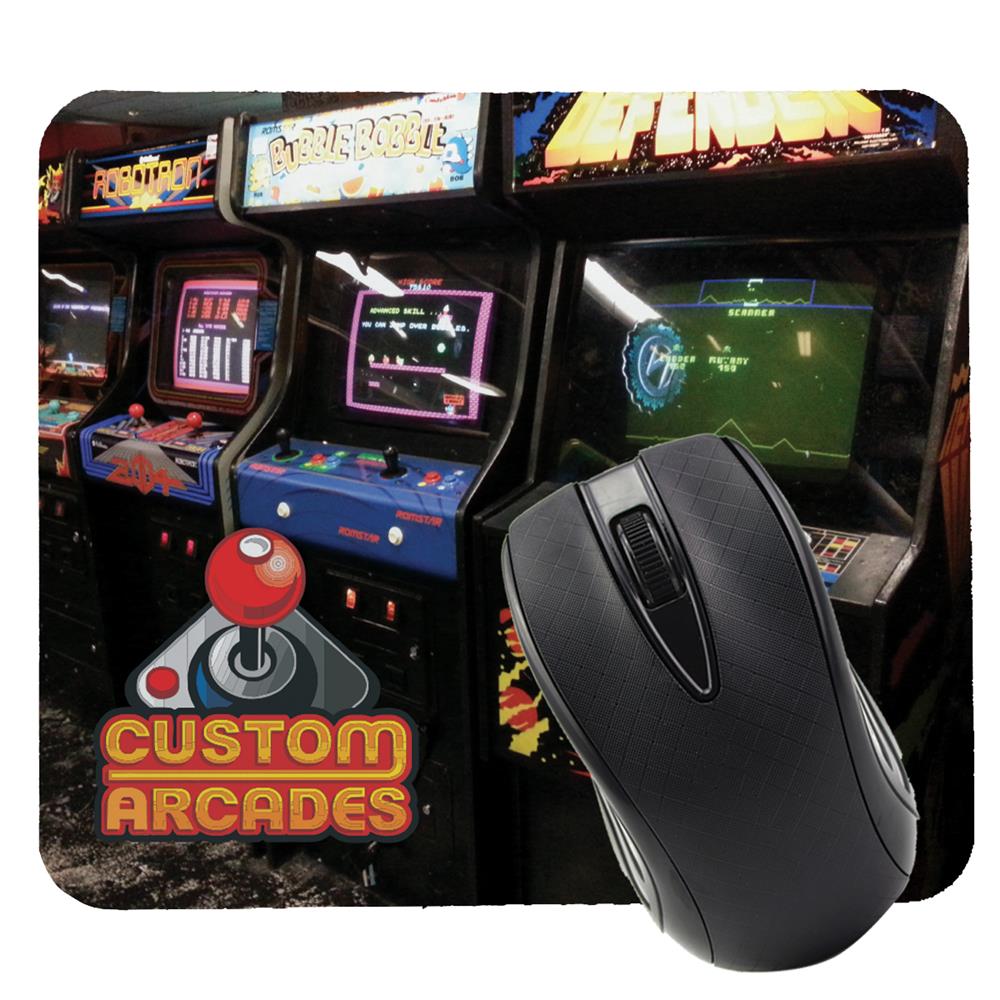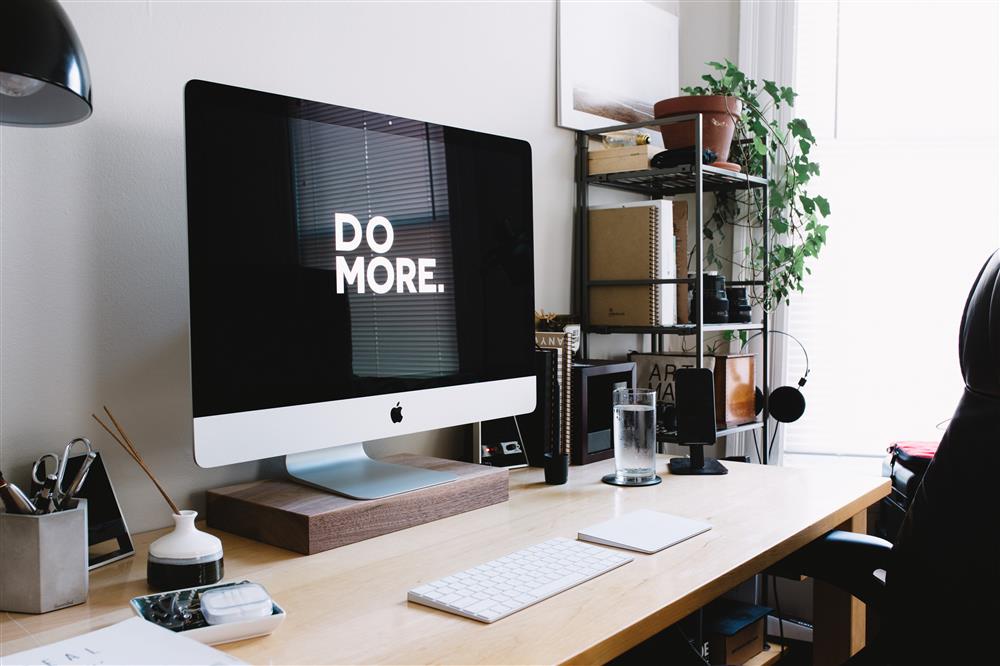½ cup of brewed coffee has approximately 150 milliliters (5.3 fluid ounces) of liquid.

Coffee Beans vs. Ground Coffee.
There are two main types of coffee beans: Arabica and Robusta. Both are grown in different regions of the world, with Arabica being more common in Central America and South America, while Robusta is more prevalent in Africa and Asia.
The amount of ground coffee you use depends on what type of coffee you want to brew. For example, if you want to make espresso, you should use less than 1/2 cup of ground coffee. If you want to make regular drip coffee, you should use between 2/3 and 3/4 cups of ground coffee.
The amount of ground coffee in a cup depends on what type of coffee bean you use. For example, if you buy a bag of Starbucks® Arabica Blend Coffee Roast, you’re likely to get about 3 tablespoons of ground coffee per cup. If you buy a bag of Folgers® Decaf Instant Coffee, you’re going to get about 2 tablespoons of ground coffee per serving.
The amount of ground coffee needed to brew one cup of coffee varies depending on the type of bean used. For example, if you use espresso beans, you'll need less than half the amount of ground coffee required to brew regular coffee. If you're using French Roast, then you'll need slightly more ground coffee than regular coffee.
The amount of ground coffee needed to brew one cup of coffee depends on the type of coffee bean used. For example, espresso beans contain less caffeine than regular coffee beans. And if you want to use decaffeinated coffee beans, you'll need to add more water to compensate for the lack of caffeine.
The amount of coffee you drink depends on what kind of coffee you brew. If you want to know how much coffee you should be drinking each day, check out our guide to how many cups of coffee per day.
If you want to know how much ground coffee you should use in a mug, here’s a handy guide: 1 tablespoon = 4 teaspoons = ¼ cup
8 tablespoons = ½ cup
12 tablespoons = 2 cups
16 tablespoons = 3/4 cup
24 tablespoons = 1 cup
32 tablespoons = 5/8 cup
40 tablespoons = 7/8 cup
48 tablespoons = 3/4 pint
64 tablespoons = 1 pint
80 tablespoons = 11/16 cup
96 tablespoons = 13/16 cup
112 tablespoons = 15/16 cup
128 tablespoons = 17/16 cup
144 tablespoons = 19/16 cup
160 tablespoons = 21/16 cup
176 tablespoons = 23/16 cup
192 tablespoons = 25/16 cup
208 tablespoons = 29/16 cup
The History of Coffee.
Coffee was first discovered by the ancient Egyptians who used it as a ritual offering to the gods. It wasn’t until the 16th century that coffee became popular among Europeans. During the 17th century, coffee houses were established in Europe where people would meet and socialize.
In 1609, Italian physician Giambattista della Porta published his book De Re Coquinaria, which included a recipe for making coffee using boiling water. He called the drink "coffee" because he thought the beans were roasted in a similar manner to coals used to roast meat.
In 1609, Dutch settlers introduced coffee into what would become the United States. By 1720, Americans were drinking coffee every day. However, it wasn't until 1828 that coffee became popular in Europe. Today, coffee is one of the most widely consumed beverages in the world.
In 1609, the first coffee house opened in Venice, Italy. Since then, coffee houses have become a staple of modern society. Today, there are over 7,000 coffee shops in the United States alone.
Types of Coffee.
There are three main types of coffee: Arabica, Robusta, and Kona. Arabica beans are grown in Central America and South America while Robusta beans are grown in Africa. Kona coffee is grown in Hawaii.
The amount of water in a cup of coffee varies depending on the type of coffee being served. For example, espresso contains less than half the amount of water compared to regular drip coffee. Espresso is typically prepared using a ratio of 1 ounce of ground coffee per 2 tablespoons of hot water. Regular drip coffee is usually prepared using a ratio of 3/4 ounce of ground coffee per 8 ounces of boiling water.
The amount of water used to brew coffee varies depending on the type of coffee bean and brewing method. For example, espresso requires less water than drip coffee because the pressure from the steam causes the coffee grounds to release their oils into the water. In contrast, French press coffee uses more water than drip coffee because there is no pressure applied to the coffee grounds during the brewing process.
The amount of coffee in a cup varies depending on the type of coffee being used. A typical Americano contains between 60 and 80 milliliters (2.1 and 2.9 fluid ounces) of coffee. Espresso contains around 120 milliliters (4.2 fluid ounces), while a latte contains anywhere from 130 to 160 milliliters (4 to 5.3 fluid ounces).
The amount of water in a cup of coffee depends on the type of coffee being brewed. For example, espresso contains less than half the amount of water compared to drip coffee. Drip coffee is typically prepared using ground coffee beans, which contain around 10% moisture. Espresso is prepared using finely ground coffee beans, which means there is much less water content.

Photo by Nathan Dumlao on Unsplash
Coffee Varieties
There are several different varieties of coffee beans available today. Each variety has its own unique characteristics. Here are some of the most common varieties:
Coffee Beans
Arabica – This type of bean produces a milder flavor with a slightly sweet aftertaste. It is often referred to as “the king of coffees.”
Robusta – This type of bean is much cheaper than Arabica beans. It produces a strong, bitter tasting coffee.
Bourbon – This type of bean comes from the Brazilian region of Bahia. It is known for producing a very smooth, rich, and full-bodied coffee.
Roasting Processes.
Coffee beans are roasted before being ground into powder. This process removes moisture and exposes the bean's natural oils. After roasting, the beans are then ground into a fine powder.
The amount of water in a cup of coffee varies depending on the type of bean used. For example, espresso contains less than half the amount of water compared to regular drip coffee. In addition, some coffees contain additives such as milk, sugar, or creamer.
The amount of water in a cup of coffee varies depending on the type of coffee bean used. For example, espresso contains less than half the amount of water compared to regular drip coffee.
The amount of water in a cup of coffee varies depending on the type of coffee bean used, the roasting process, and other factors. For example, some coffees contain less than 1/2 cup of water per cup while others contain more than 2 cups.
The amount of water in a cup of coffee depends on the type of coffee being used. For example, espresso contains less water than regular drip coffee. If you want to know how much water is in a cup of coffee, use the following formula:
The amount of water in a cup of coffee depends on several factors, such as the type of bean used, the brewing method, and the temperature at which the coffee is brewed. For example, if you use French press coffee, the ratio of water to coffee grounds is much higher than it would be if you were using drip coffee. If you want to know exactly how many ounces of coffee there are in a cup, you should measure the volume of the cup first.


 Mouse Pad
Mouse Pad